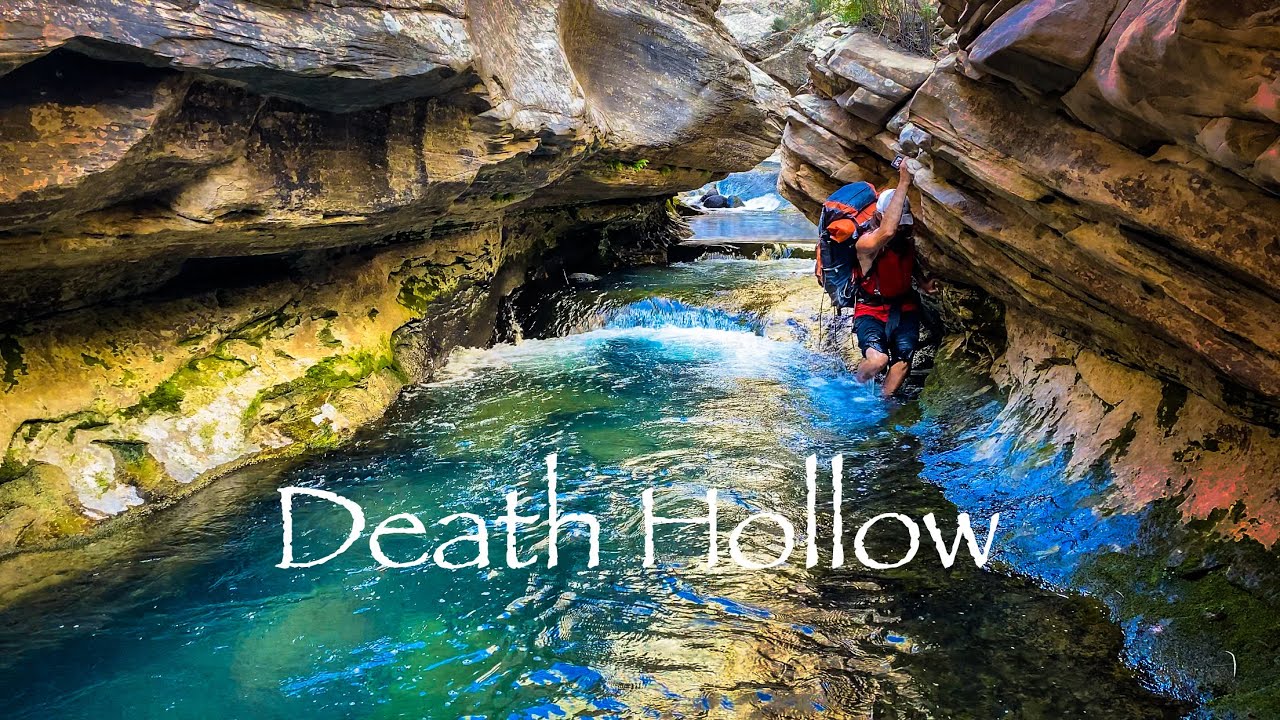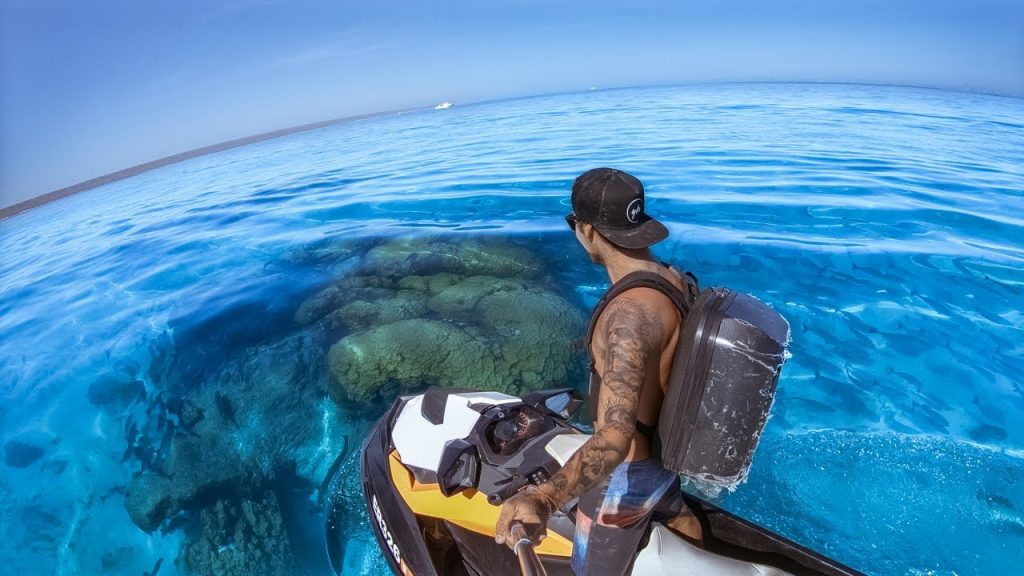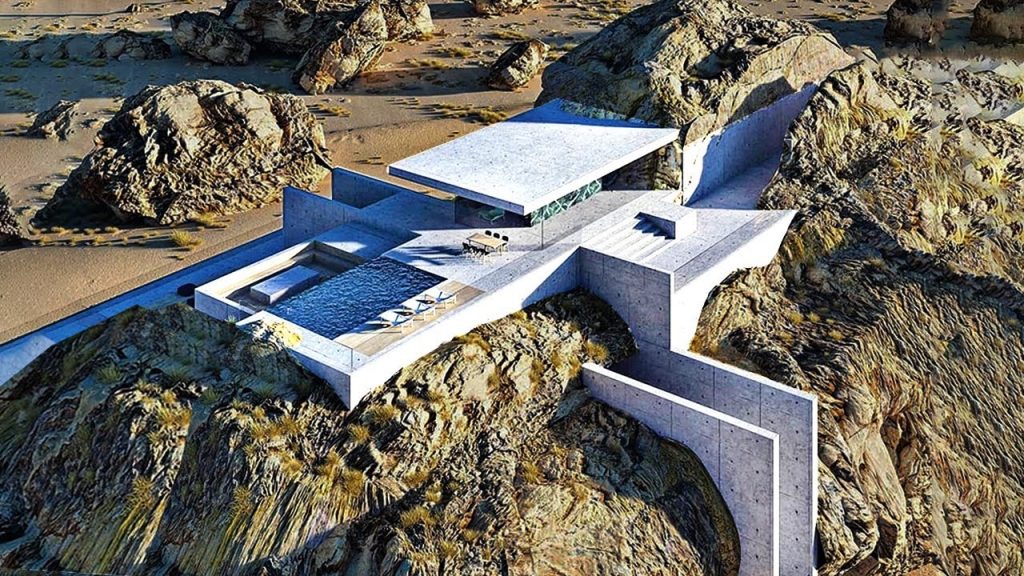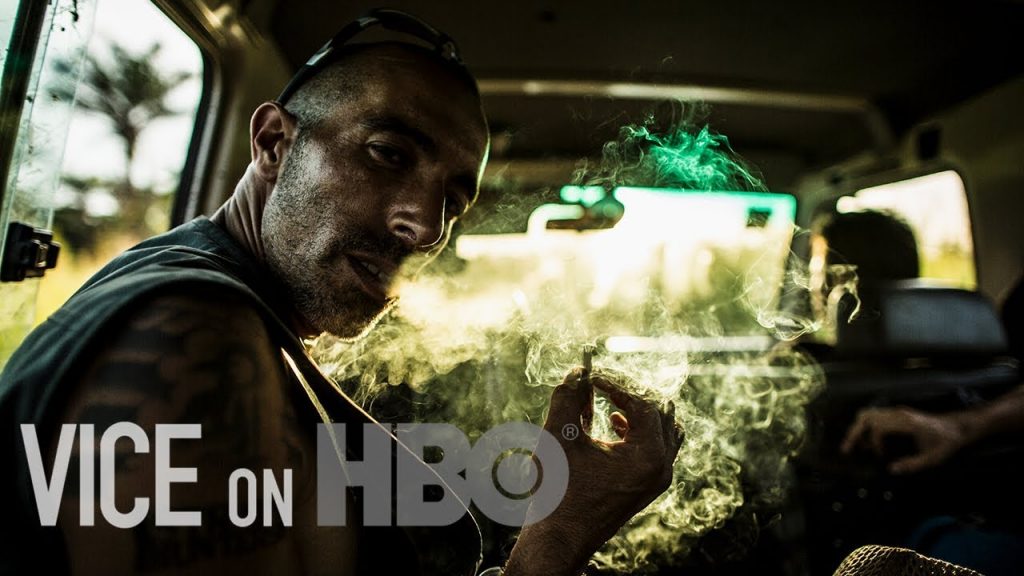Death Hollow, 7 day Floating, Backpacking loop from Hells Backbone

Floating the entire Death Hollow from Hells Backbone, 7 day Backpacking loop w My Own Frontier, Utah
We did this 7 day loop in the Box Death Hollow Wilderness on a very hot week. We started from the Death Hollow Trailhead at the Hells Backbone Road and used a 5$ Walmart tube and a packraft to float down the entire Death Hollow to the Escalante River. From there we walked the Slickrock Saddle Bench back to Hells Backbone, intersecting the Boulder Mail trail and trashing through sections of Sand Creek. It was a remarkable trip and the beauty of Death Hollow really showed itself as we had perfect warm weather for the many chilly sections of water through the narrows. Amazing trip!
What type of camping options are available along the Death Hollow loop hike?
Death Hollow, 7-day Floating, Backpacking Loop from Hells Backbone
Death Hollow is a stunning and remote canyon located in southern Utah, USA. It offers an unforgettable adventure for hikers and campers who love exploration and natural beauty. The Death Hollow hiking loop from Hells Backbone is one of the best ways to experience this natural wonder. This 7-day backpacking loop takes you through a series of breathtaking landscapes, including narrow slot canyons, sandstone cliffs, alpine forests, and the riparian oasis of the Escalante River.
The Death Hollow loop starts at the Hells Backbone Bridge, where you can park your car and get the necessary permits for the hike. The trailhead is located a few miles west of the bridge. From here, you follow a steep trail that descends into the canyon. The trail is narrow and rocky, so hiking poles and good hiking boots are recommended.
After an hour or so of hiking, you will reach the top of Death Hollow, a tributary of the Escalante River. Death Hollow is a narrow and deep canyon, with walls that rise up to 300 feet high. The creek flows through the bottom of the canyon, creating small waterfalls, pools, and cascades. The water is crystal clear and icy cold, so bring a water filter or purification tablets for drinking water.
The first day of the hike is spent in the upper part of Death Hollow. The trail follows the creek upstream, passing by several scenic spots such as the Cathedral, a natural amphitheater carved in the sandstone; and the Waterfall, a spectacular 20-foot waterfall that drops into a deep pool. The upper part of the canyon is relatively easy to hike, with few obstacles and only a moderate amount of elevation change.
The second day of the hike is when the adventure really begins. You will leave the main trail and enter the slot canyons that lead to the Escalante River. The slot canyons are narrow and twisted, with walls that almost touch each other in some places. The most challenging part of the hike is the Boulder Choke, a section where you have to climb over large boulders and slide down steep drops. It is advisable to use a rope to descend some of the drops, as they can be quite slippery and dangerous.
After the Boulder Choke, the canyon widens, and you will reach the Escalante River. The river is a crucial part of the hike, as you will float in it for the next two days. You can rent a packraft or bring your own inflatable kayak, which is the most convenient way of traveling down the river. The Escalante River is a wild and untamed playground, with rapids, waves, and eddies that require some experience to navigate. However, it is also a peaceful and scenic river, with abundant wildlife and stunning views of the surrounding cliffs and canyons.
The third and fourth days of the hike are spent floating down the Escalante River. You will camp on its banks and explore the side canyons, such as Coyote Gulch and Neon Canyon, which offer some of the best hiking and rappelling opportunities in Utah. The Escalante River has designated campsites along its course, which require a reservation and a fee. However, there are also some primitive campsites that are first-come, first-served and free.
The fifth day of the hike marks the end of the river float, as you will reach the confluence with Death Hollow. From here, you will hike upstream through the lower part of Death Hollow, which is wider, deeper, and more vegetated than the upper part. The lower part of the canyon offers some excellent camping spots, with sandy beaches and towering cottonwood trees.
The sixth day of the hike is the ascent back to Hells Backbone. The trail follows a different route than the descent, offering new views and challenges. The trail is steeper and more exposed than the descent, and it requires some scrambling and route-finding skills. However, it also offers some spectacular vistas of the canyon and the surrounding mountains.
The seventh day of the hike is the final leg back to the Hells Backbone Bridge, where you will have completed the Death Hollow loop. This hike is challenging and demanding, but it rewards the hikers with some of the most dramatic and beautiful landscapes in Utah. The Death Hollow loop is a true adventure, where you can experience the thrill of floating down a wild river, the wonder of exploring narrow slot canyons, and the joy of camping in a pristine wilderness. It is a journey that will stay with you forever, and it is not to be missed.









Reventador volcanic activity in realtime
Tiny House With Net Loft For Young Couple
LA couple builds backyard cottage, then moves-in from main home
Inside David Harbour’s Custom-Renovated New York Loft
Artist Makes Portraits On Glass With Just A Hammer